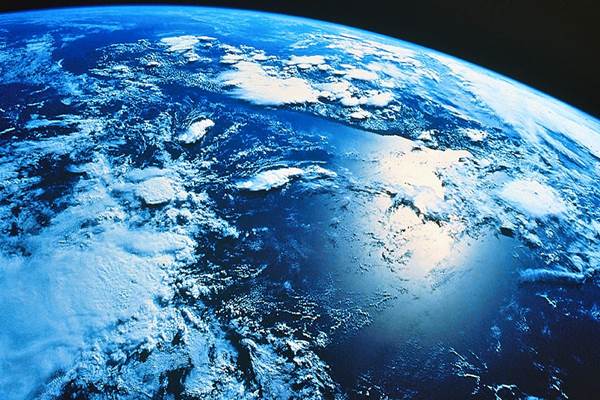Harianjogja.com, JAKARTA – Astronomers warn of space junk and satellites that can destroy the sky above Earth.
Space junk and satellites have such an influence on the night sky that they obscure astronomers’ view of the cosmos.
Light pollution from big cities is the reason why observatories are usually located far from major metropolitan areas. However, there is now so much satellite congestion in outer space that no place will immediately be safe from light pollution.
Researchers from a large number of institutes in the US and Europe found there are now more than 9,300 tons (8,440 metric tons) of space objects orbiting Earth.
These include functional and non-functional satellites, as well as pieces of old rockets.
The study, published in the Monthly Notices of the Royal Astronomical Society: Letters, found that the number of objects orbiting Earth can increase the brightness of the night sky by more than 10 percent above natural levels.
Miroslav Kocifaj of the Slovak Academy of Sciences and Comenius University in Slovakia, who led the study, said: “Our main motivation is to estimate the potential contribution to the brightness of the night sky from external sources, such as extraterrestrial objects in Earth orbit.
“We expect the increase in sky brightness to be marginal, if any, but our initial theoretical estimates have proved very surprising and thus prompt us to report our results immediately.”
According to the team, satellites and space debris are destroying the view of the cosmos by scattering reflected sunlight.
This can produce bright streaks that are indistinguishable from objects such as stars.
The team said this effect was most profound when they looked at the universe using low-resolution detectors, such as the human eye.
Study co-author John Barentine, director of public policy for the International Dark Sky Association, said: “Unlike light pollution on land, this type of artificial light in the night sky can be seen over much of the Earth’s surface.
“Astronomers build observatories away from city lights to search for dark skies, but this form of light pollution has a much wider geographic range.”
The European Space Agency (ESA) signed a £ 75 million ($ 102 million) deal with Swiss startup ClearSpace SA to take most of the space debris out of orbit which poses a threat to satellite technology to demonstrate space-clearing technology.
The object in question is the Vespa 112 kilogram – the payload adapter used to launch satellites into space in 2013.
ESA and ClearSpace SA plan to launch in 2025.
ESA said in a statement: “The ClearSpace-1 mission will target Vespa (Vega Secondary Payload Adapter).
The object was left in a phased dump orbit of approximately 801 km at an altitude of 664 km, in accordance with space debris mitigation regulations, after Vega’s second flight in 2013.
“In nearly 60 years of extraterrestrial activity, more than 5,550 launches have resulted in about 42,000 tracked objects in orbit, of which about 23,000 remain in space and are regularly tracked.
“With today’s annual launch rate averaging nearly 100, and with breaks continuing to occur at an average historical rate of four to five per year, the number of debris objects in space will continue to increase.
“ClearSpace-1 will demonstrate technical capabilities and commercial capacity to significantly enhance the long-term sustainability of spaceflight.” South Africa, or in the UK in fall 2020, will display a similar pattern of seasonal infections. “
Source: JIBI / Bisnis Indonesia
– .


